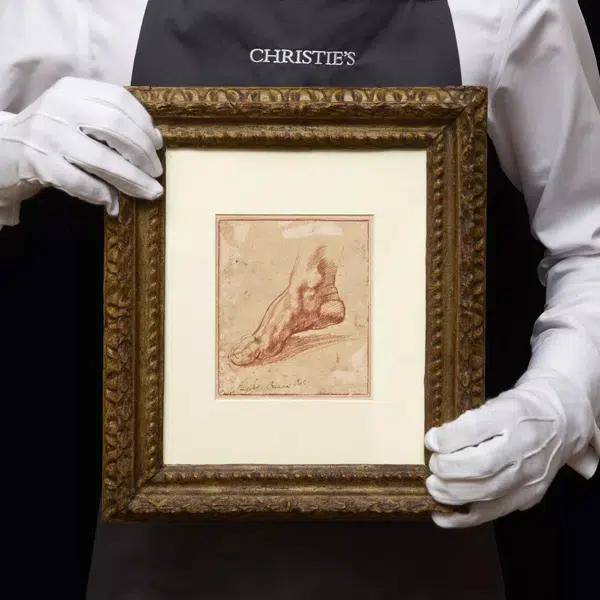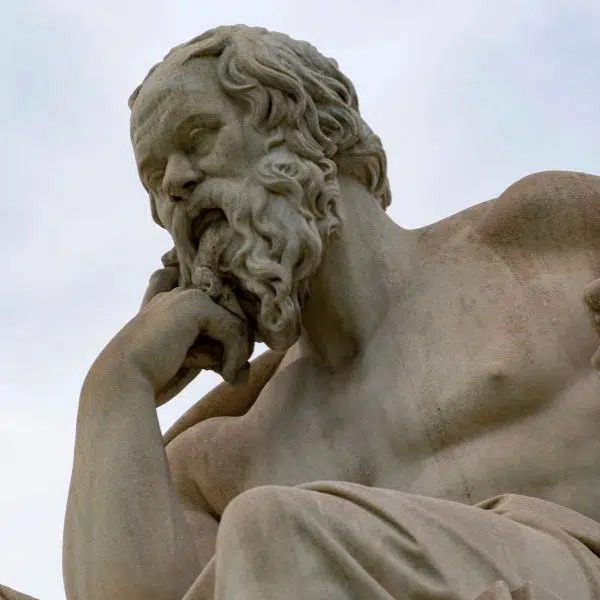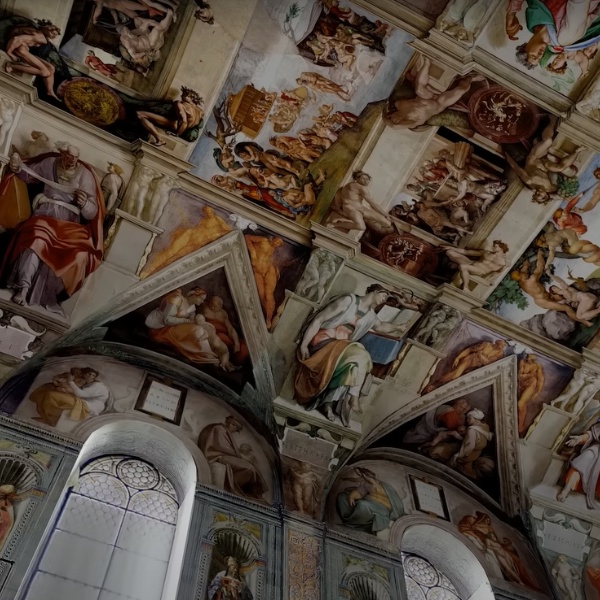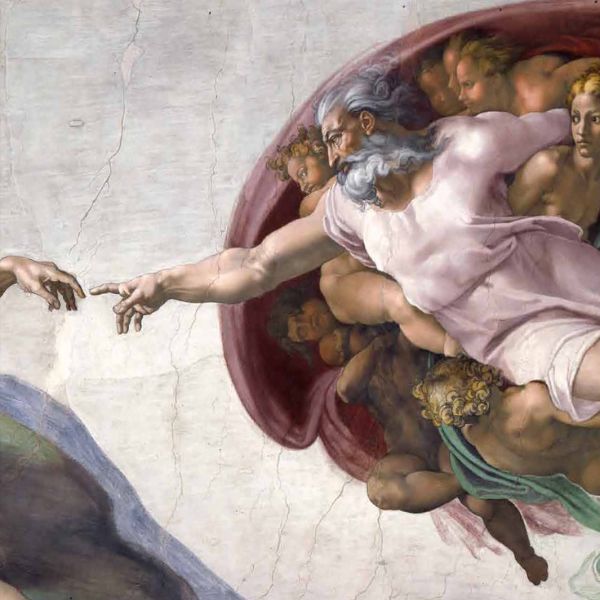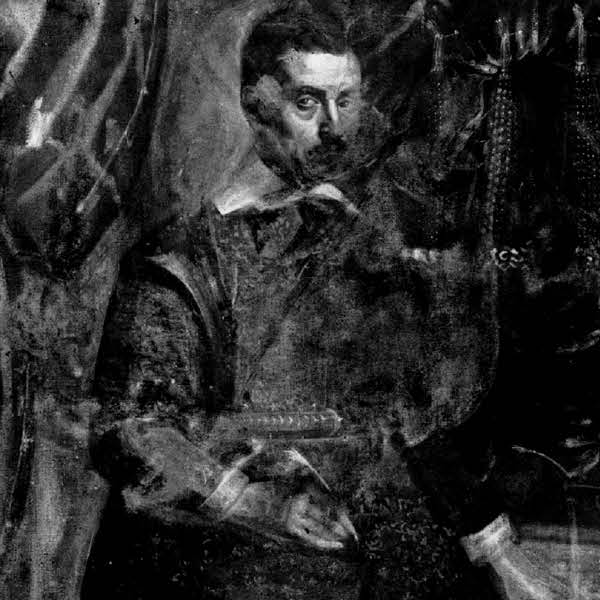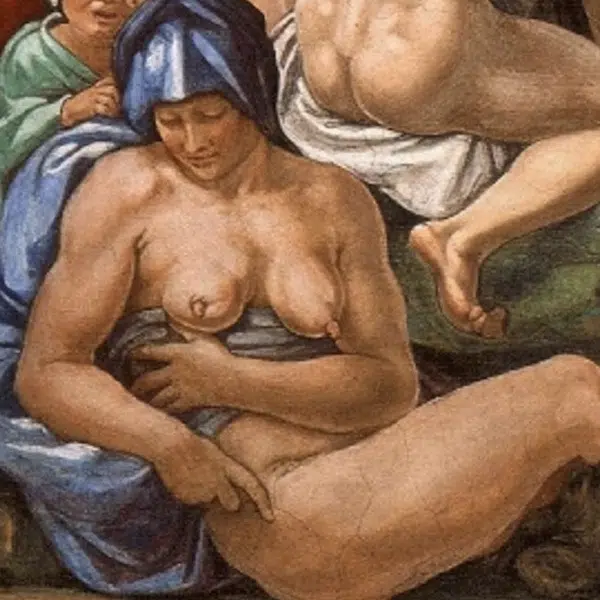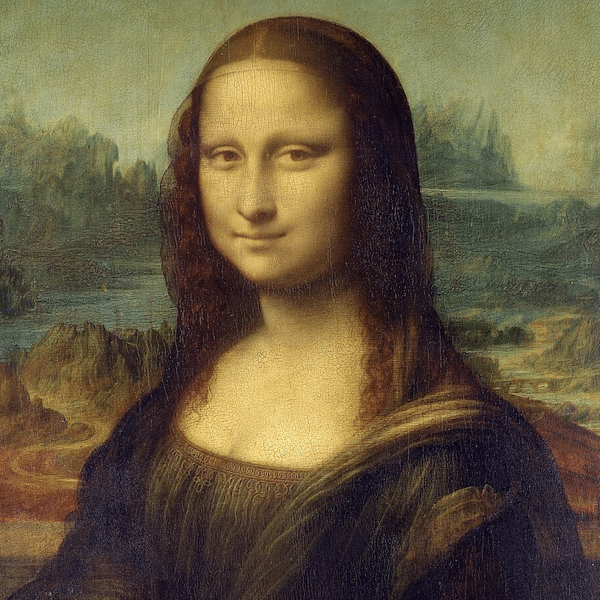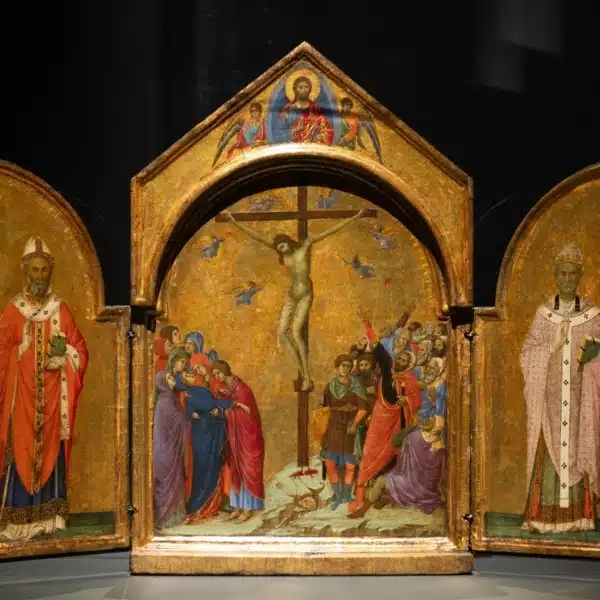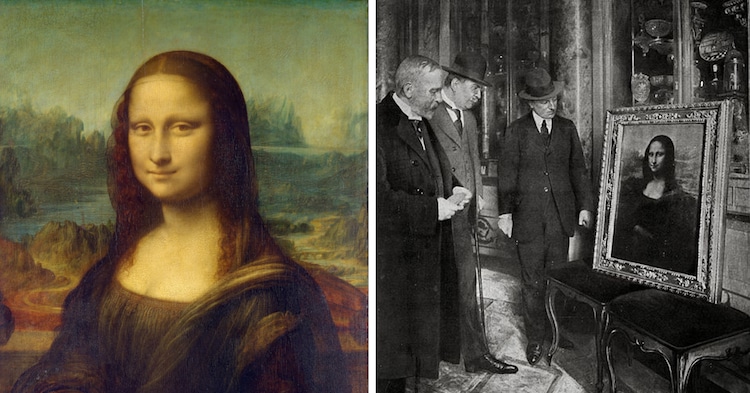
For centuries, audiences have been captivated by the mysterious Mona Lisa. A key piece of Italian master Leonardo da Vinci‘s oeuvre and a prime example of High Renaissance painting, the piece has become known as one of the most recognizable and skillfully rendered works of art.
Since 1804 the iconic oil painting has been housed at the Louvre in Paris. Each year millions crowd the painting is hung, waiting for their turn to snap a photograph of Leonardo's most famous artwork. Through her captivating gaze and mysterious smile, the Mona Lisa has been enchanting the public since it was first painted in the early 16th century.
Renowned for its curious iconography, unique history, and infamous theft, the Mona Lisa has become one of the most well-known paintings in art history. Here, we explore these aspects of the painting in order to answer the question: why is the Mona Lisa famous today?
About the Artwork
Title | Mona Lisa |
Artist | Leonardo da Vinci |
Year | 1503-1506 |
Medium | Oil on wood panel |
Size | 30 in × 21 in (77 cm × 53 cm) |
Location | Louvre (Paris, France) |
What is the Mona Lisa?
The Mona Lisa is an oil painting by Italian artist, inventor, and writer Leonardo da Vinci. Likely completed in 1506, the piece features a portrait of a seated woman set against an imaginary landscape.
In addition to being one of the most famous paintings, it is also the most valuable. Permanently located in the Louvre Museum, it is estimated to be worth an impressive $800 million today.
Who is Mona Lisa?
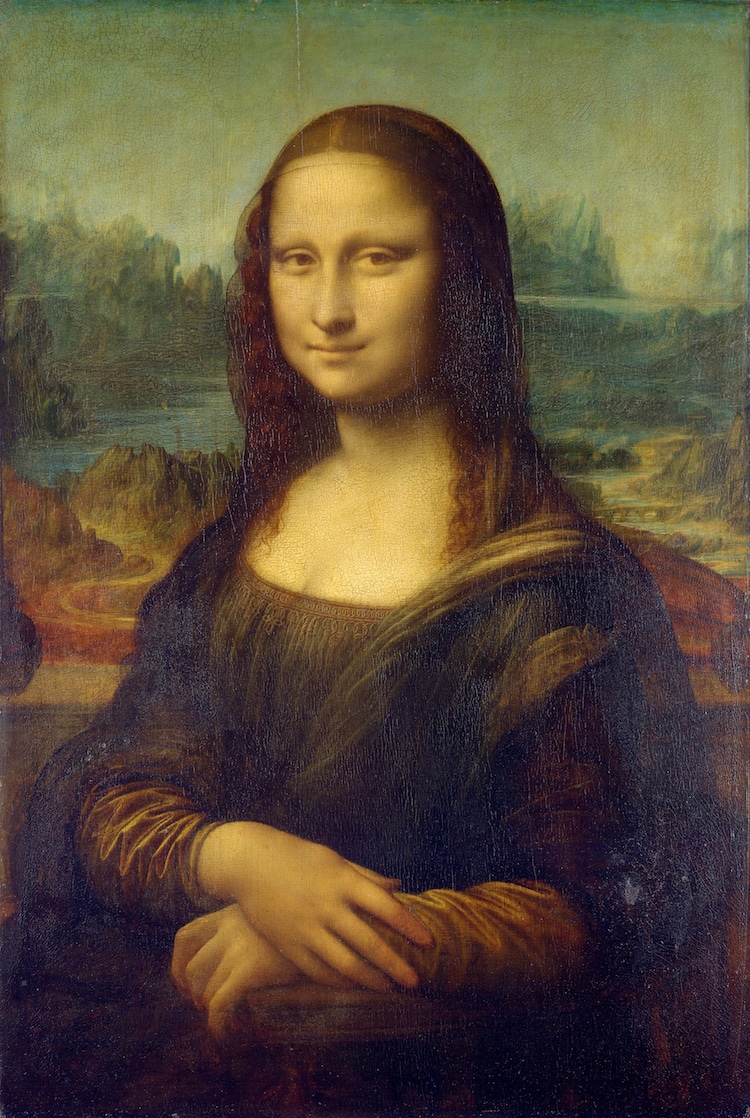
Photo: Galerie de tableaux en très haute définition via Wikimedia Commons (PD-1923)
Rendered similarly to Renaissance portrayals of the Virgin Mary, the piece features a female figure—believed by most to be Lisa Gherardini, the wife of cloth and silk merchant Francesco del Giocondo—from the waist up. She is shown seated in a loggia, or a room with at least one open side.
Behind her is a hazy and seemingly isolated landscape imagined by the artist and painted using sfumato, a technique resulting in forms “without lines or borders, in the manner of smoke or beyond the focus plane.”

“Mona Lisa” detail
The figure sits with her arms folded as she gazes at the viewer and appears to softly smile—an aesthetic attribute that has proven particularly eye-catching over centuries. The halfhearted or even ambiguous nature of this smile makes the iconic painting all the more enigmatic, prompting viewers to try to understand both the mood of its muse and the intention of its artist.

“Mona Lisa” detail
Her gaze is another bewitching part of the composition. Many believe that her eyes follow you across the room, making her an active participant when being viewed, rather than remaining an object to look upon. But while her eyes may seemingly follow you, according to German researchers, this “Mona Lisa effect” actually does not occur in the painting. In fact, they claim that the woman is always look about 15 degrees to your right, so more likely at your ear than your eyes. Whatever the case—perceived or real—her ambiguous expression is one of the strongest reasons for the Mona Lisa‘s enduring success.
In addition to its mysterious appearance, her expression has resonated most strongly with art historians for its possible symbolism, as many believe it to be a clever “visual representation of the idea of happiness suggested by the word ‘gioconda' in Italian.”
Why is the Mona Lisa so famous?
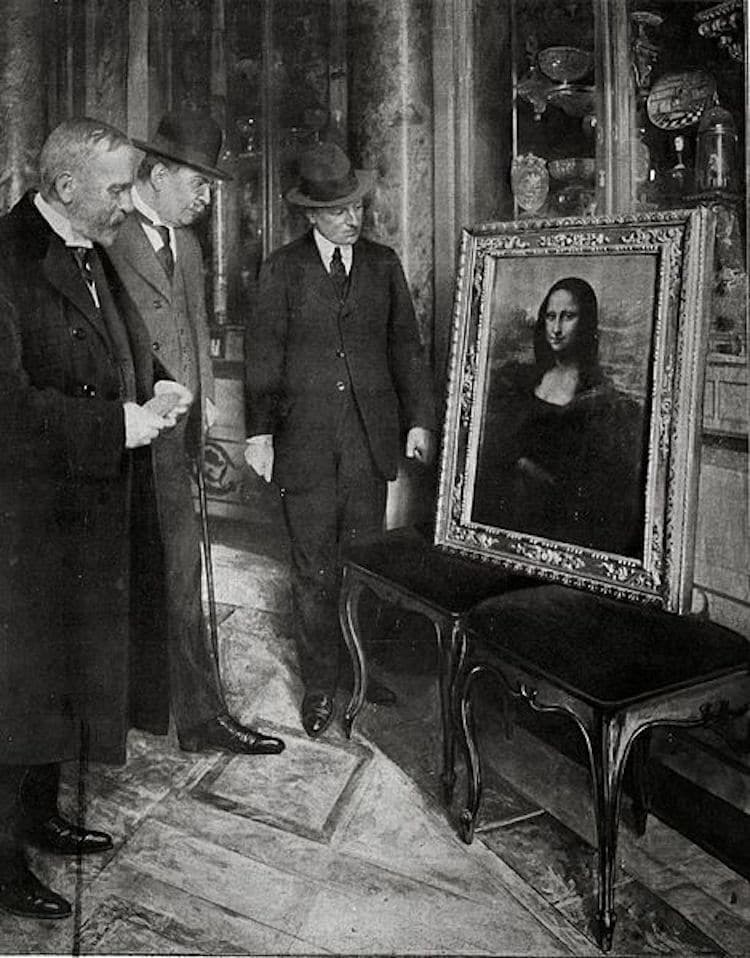
Photo: The Telegraph via Wikimedia Commons (Public domain)
After Leonardo's death in 1519, the Mona Lisa remained in France, where the artist had spent the remainder of his days. There, it stayed in the possession of the royal family for centuries, until it was finally put on permanent display in the Louvre in 1797.
At the beginning of the 2oth century, the Mona Lisa was still relatively unknown outside of the art world. Then, in 1911, a heist put the painting in the spotlight. Louvre employee Vincenzo Peruggia—an Italian native—stole the portrait from the museum with the intention of returning it to Italy, where he believed it belonged.

Newspaper detailing that the ‘Mona Lisa' had been found two years after its disappearance. (Photo: Le Petit Parisien via Wikimedia Commons, PD-1923)
After keeping the painting hidden in his apartment for two years, he presented it to a suspicious art dealer and the director of the Uffizi Gallery in Florence, and it was exhibited in the museum for two weeks. Eventually, the Mona Lisa was returned to the Louvre, and Peruggia had to serve six months in prison.
This incident thrust the previously looked-over painting into the limelight, becoming an overnight sensation and inspiring people to appreciate it as an example of High Renaissance portraiture. Since then, the Mona Lisa has survived vandalism, like thrown rocks and red paint, which have only added to the lore of this masterpiece.
The Mona Lisa Today
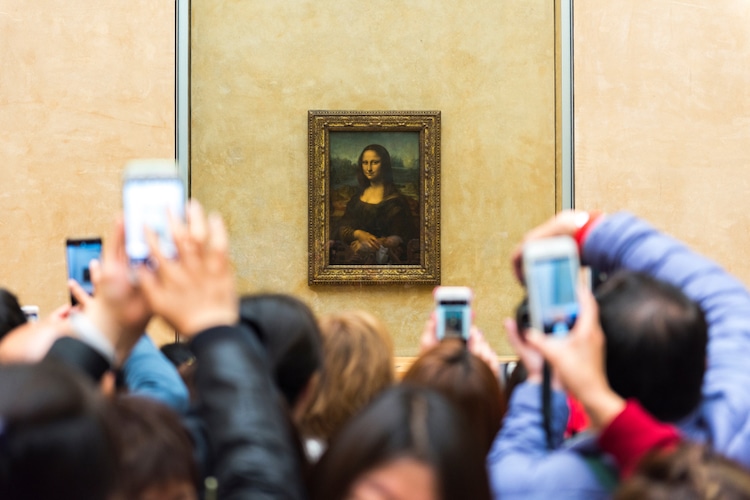
Photo: Stock Photos from Resul Muslu/Shutterstock
Due to its tumultuous past and contemporary fame, today, the Mona Lisa is exhibited behind a layer of bulletproof glass. Even in such a unique and controversial display, the painting remains one of the most popular pieces in the Louvre and, unsurprisingly, one of the most viewed and visited paintings in the world.
For the 500th anniversary of Leonardo's death in Paris, the Louvre hosted a blockbuster exhibition that used innovative virtual reality to bring visitors closer to the Mona Lisa. Using cutting-edge technology, this event enabled art lovers to go behind the bulletproof glass and examine the hidden details of the painting.
This article has been edited and updated.
Related Articles:
Dissecting Leonardo da Vinci’s Famous ‘The Last Supper’ Painting
The Significance of Leonardo da Vinci’s Famous “Vitruvian Man” Drawing
The Meaning Behind Michelangelo’s Iconic ‘David’ Statue
View Leonardo Da Vinci’s Notebooks Online and Go Inside the Mind of a Genius
What If People from Famous Paintings Were Modern-Day Instagrammers Taking Selfies











































































